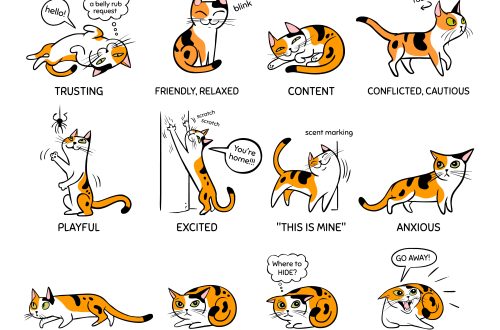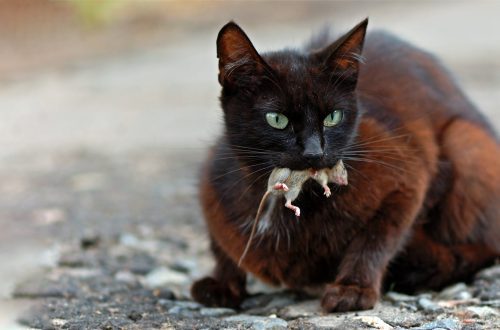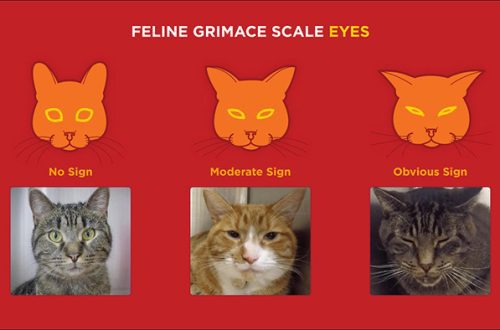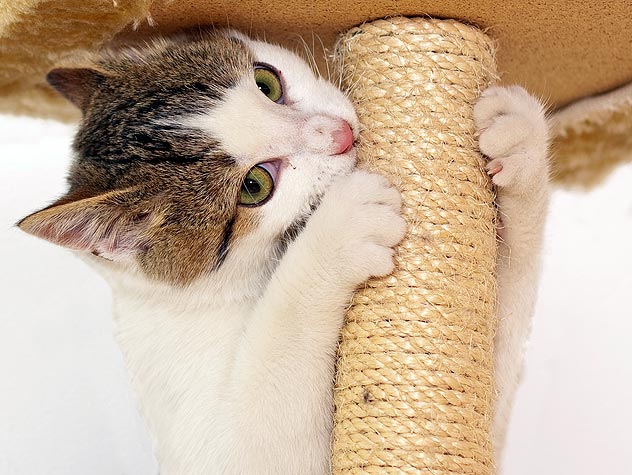
Momwe mungasankhire positi yokwatula mphaka?
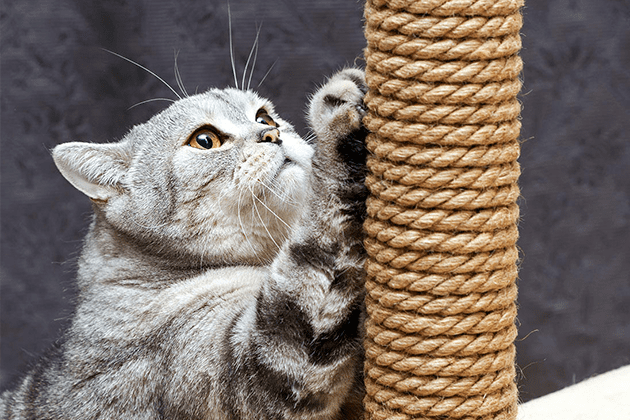
A scratching post is an indispensable attribute in the house of a cat owner. How to choose a suitable scratching post? We’ll tell you in the article!
Zamkatimu
Why do cats sharpen their claws?
When sharpening its claws on rough surfaces, the cat performs the procedure of removing the old dead horny cover of the claw, exposing a fresh sharp claw. The second reason is leaving marks – interdigital glands are located on the paws of cats, and when sharpening its claws, the cat leaves a mark on the surface, but it is invisible and odorless to humans. Most cats, both domestic and wild, including large ones – lynxes, cougars, leopards, sharpen their claws.
The choice of scratching post will depend on the cat’s preferences in materials and surfaces. At the same time, not all cats are picky in their choice and can start using what they were offered.
Materials for scratching posts
- Carpet is a synthetic material of different softness and pile length, on a natural jute or artificial basis. It is used both for small scratching posts and for upholstery of houses.
- Jute is a natural fiber obtained from plants of the same genus. Jute rope can be of different thicknesses, relatively dense, but soft and flexible. In scratching posts it is used for winding scratching posts, and for decorative elements made of burlap.
- Sisal is a natural fiber obtained from agave leaves. On scratching posts, it usually looks like a rather thin, stiff, fibrous twine or braided mat.
- Cardboard – glued sheets of thick corrugated cardboard, can be either simple forms – for example, in the form of a board, or complex – for voluminous scratching posts-houses.
- Decorative items and toys. Plush, artificial fur, fleece and felt, felt, carpet, burlap, furniture fabric are used as materials for decoration and upholstery of the houses. Toys can be anything – plastic, made of natural and artificial fur, jute and sisal, fabric and feathers.
Mitundu ya zolemba zokanda
- Wall. The most common type of claws. It is a rectangular or figured board, upholstered with carpet, or wrapped with sisal or jute. Attaches to wall or furniture with hinges and screws. An excellent choice for cats that prefer vertical surfaces for sharpening.
- Wall corner. It consists of two boards on a soft jumper, or a voluminous semicircular one, installed at the corners. Also, a corner scratching post can be installed on the armrests of sofas if the cat stubbornly returns to its favorite place.
- Floor. A scratching post made of almost any material, in the form of boards, rugs, three-dimensional figures made of corrugated cardboard or rigid figures upholstered in material. Simply placed on the floor in any suitable place in the apartment. Wall-mounted scratching posts placed on the floor also work well as floor scratching posts. A good solution for cats that sharpen their claws on carpets. Many cats enjoy sleeping on floor scratching posts.
- Column. A scratching post in the form of a column of any shape, standing on a heavy stand. It can be supplemented with toys or a playground on top.
- Complexes – floor and suspended wall. They combine many different elements: scratching posts, shelves, beds, houses, toys. Materials can also be completely different. Floor-mounted ones are usually easily assembled on their own, and installed in any convenient place in the apartment. Wall complexes require a little more effort when installing and fixing it to the wall. Great for cats – those who like to sit in houses, climb and watch from a height, and when there are several cats or kittens in the house.
- Claw toys. Most often these are small objects – balls and balls, curly boards, mice wrapped in jute, sisal or upholstered in carpet, and game tracks with a ball and a cardboard or carpet scratching post in the center. A wonderful choice for kittens, active and playful cats.
What to look for when choosing a scratching post
- The quality and strength of the materials used for covering, as well as the type of material your cat would prefer
- Choosing the type of scratching post depending on the place where your cat has already tried to sharpen its claws.
- Dimensions – the length of the scratching post should allow the cat to fully stretch when sharpening the claws
- Structural stability
- Possibility of use by a cat for games, sleep, based on the individual needs of the cat
- Easy msonkhano ndi unsembe
Momwe mungaphunzitsire mphaka ku positi yokanda
Cats quickly become accustomed to scratching posts. For greater convenience, you can place several scratching posts throughout the apartment. If the cat or kitten is unfamiliar with this item, you can try several methods:
- Catnip in the form of dried and crushed leaves, or catnip liquid extract. Placed or sprayed directly on the scratching post, the mint scent attracts the cat.
- Play next to a scratching post, such as a teaser rod. During the game, the cat will certainly catch on the scratching post.
- Praise and tasty encouragement for trying to touch and scratch the scratching post.
You need to introduce the scratching post carefully, bringing it home – let the cat sniff it, and leave it in a conspicuous place in the room. Do not forcibly put a cat on scratching posts and in houses, she may be frightened and no longer approach these objects. The cat on its own, out of curiosity, will come to find out what it is. You can leave pieces of treats on the scratching post, and with positive reinforcement, the cat will quickly get used to it.



